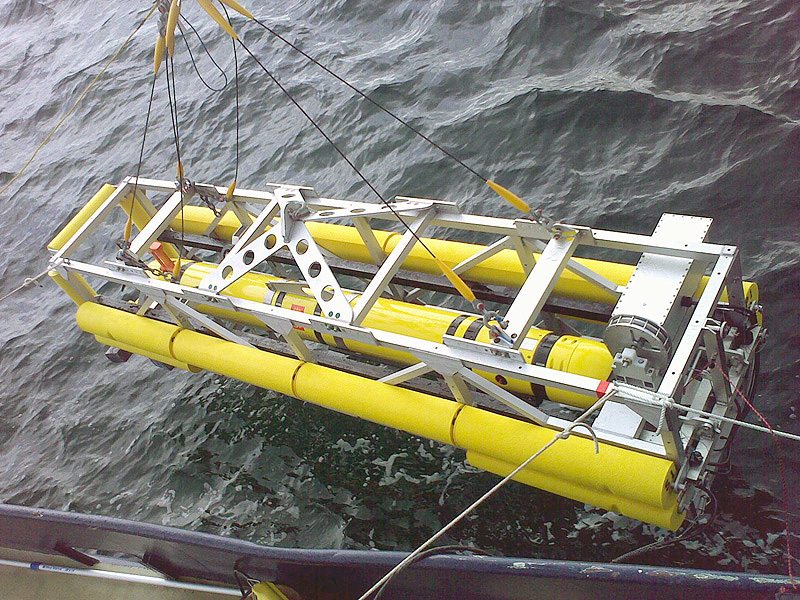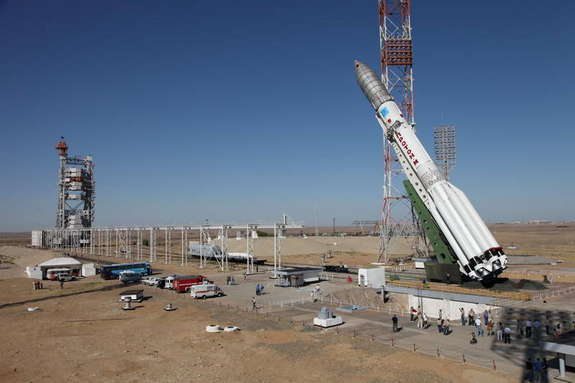As the Office of Naval Research (ONR) increases its science and technology (S&T) investment in unmanned systems, a number of hurdles need to be overcome including autonomy and littoral operations, ONR’s director of innovation said at an Aug. 18 conference on unmanned systems.
“We are tackling those issues to find the right technologies for the Navy and Marine Corps,” said Dr. Larry Schuette, ONR’s director of innovation, at AUVSI’s Unmanned Systems North America 2011 conference, in Washington, D.C.
“We are committed to transitioning these technologies to the Navy of tomorrow,” Schuette said.
The technical issues include, the ability to operate near shore, improving operators’ skills at running unmanned systems, communications connectivity, handling and increasing number of complex missions and the ability to operate in real time.
Additionally, autonomous platforms will also have to adapt to differing terrain and weather conditions, Schuette said.
ONR, the Department of the Navy’s S&T arm, along with the Naval Research Laboratory has a long and distinguished history in developing unmanned systems. In the September update of the 2011 Naval S&T Strategic Plan, autonomy will be a key focus area, Schuette said.
Chief among those technologies are the Large Displacement Unmanned Underwater Vehicle (LDUUV) and the Autonomous Aerial Cargo Utility Systems (ACCUS), both ONR Innovative Naval Prototypes (INP).
ONR’s INP program explores technologies that could significantly impact the way the Navy operates.
ONR recently released a Broad Agency Announcement for LDUUV examining the UUVs systems and power usage, Schuette said.
ONR is working with Naval Air Systems Command, the Army and Marine Corps on AACUS. The effort should begin in earnest in 2012, Schuette said.
“I’m focused on LDUUV pre-acquisition activities with ONR,” said Navy Capt. Duane Ashton, program manager for PMS 406. “LDUUV provides a large capability for a variety of payloads. There is a lot of focus by the Navy to do this right.”
PMS 406 is the advanced development program office helping field surface and subsurface prototypes sooner.
“It is all about taking S&T from ONR and getting it to the fleet,” Ashton said.











